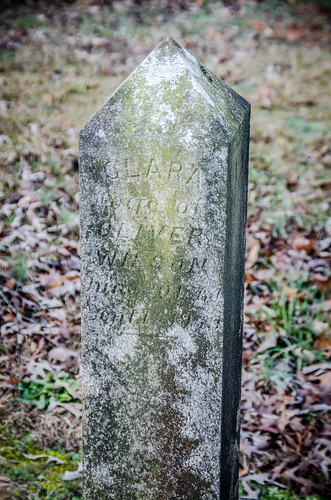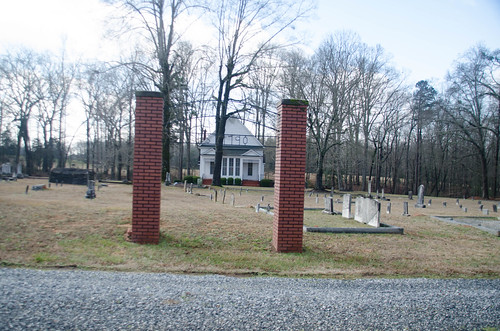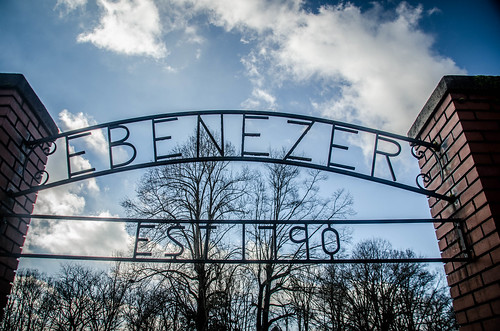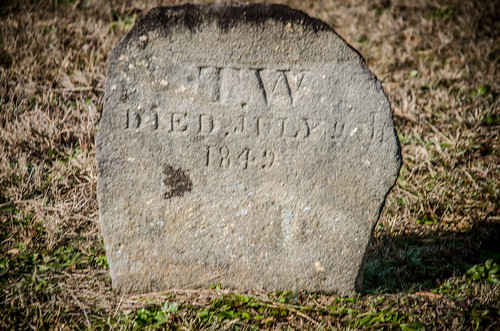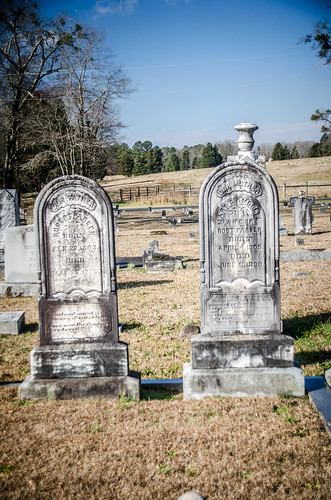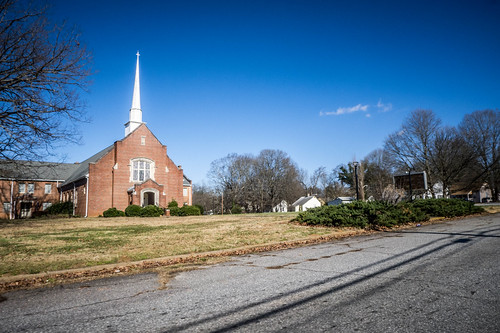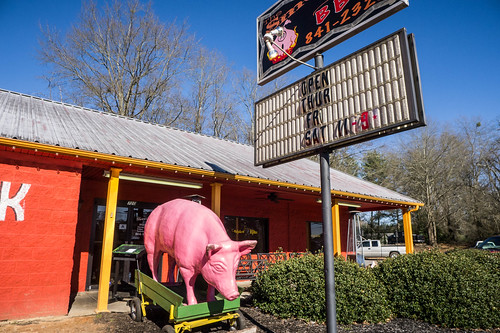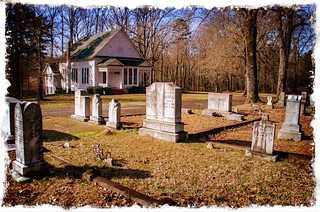NOTE: One again I’m trying to play catch-up on blogging. This post is about a week+ behind the times.
MLK Weekend has gotten to be one of my traditional exploration weekends. One of my partners in crime is usually available either that Saturday or the following Monday. It’s a great chance to take advantage of winter exploration conditions. With leaves off the trees hidden features often reveal themselves.
This particular MLK Weekend Alan had a list of sites he wanted to explore. Even though he and I had biked part of the Palmetto Trail through Newberry County just last Saturday, I was up for more adventure. His list included locations in LA, or, as Lower Anderson, as it is known in our part of the world.
My Saturday started early. I had promised to take Keith to the airport. He was heading to New York for his Carnegie Hall debut with the choir from Buncombe Street Methodist Church. We had breakfast at a mom & pop place on Highway 14, I dropped him off at the airport, then headed on down to Alan’s house.
I’ve written before about how easy it is for us to get distracted on our rambles. This time we were disciplined. We drove across country to Alan’s target area, passing through the town of Belton, then heading southwest. Once in the target area we stuck to the list. Some of those items proved interesting. Others, not so much.
The first stop fell into the “not so much” category. Jones Chapel was on the list, so we turned onto Jones Chapel Road. The GPS coordinates took us to an empty field, which was not in and of itself discouraging as GNIS coordinates can sometimes be as much as a half mile off. And, about a half a mile further along we came upon Jones Chapel Church of God of Prophecy, on the opposite side of the road that we expected.
The church itself was a more modern brick facility without much historical interest. Most disappointing, though was that there wasn’t an associated historic cemetery for us to explore. We decided to move on.
Not only had Alan specified the items on the list,but he had calculated an optimum route to visit those locations. Somehow we had deviated from that route, so we decided that we needed to get back on track. Our next stop was Cedar Grove Baptist Church and Cemetery.
While the church building is mid 20th Century, the cemetery is much older. It’s actually divided into two sections. There are a couple of very old graves in a largely open space right next to the church. Across the road from the church is the main part of the cemetery. Also on that plot is a concrete block building that looked like it might have been something interesting, but was probably just a storage building.
Our next two stops didn’t pan out either. Craytonville Feed and Seed and Bethany Baptist Church turned out to be stops not of interest to us. I had already searched for Wright School and come up short, so we knocked that one off the list, too. That brought us to our next stop, which did turn out to be quit interesting.
Ebenezer Methodist Church was founded in 1790, according to a sign at the cemetery, and the current church was built in 1909.
We started out by exploring the cemetery. The cemetery included burials from the early 1800s and forward. There were Revolutionary and Civil War veterans buried there.
One Civil War vet’s epitaph was especially eloquent. Luke Hanks perished on Morris Island in 1863 “within fifteen feet of the enemy rifle pits.” The rest of the epitaph describes his gallantry.
There were several signature stones, but they all seemed to be from the same stone carver. The initials SM appeared on several stones from the late 1800s and early 1900s, which, to me seems a bit late for an artisanal stone mason.
A broken stone from 1877 gave the name as S. Murphy, further identifying the mason. Sadly, I couldn’t find any additional information about this stone carver.
As for the church itself, the architecture was different, giving the building an almost house-like appearance. The overall style is Greek Revival, but instead of columns there are dual entryways with dormer covers.
As we were wandering through the stones another couple drove up. The husband is a doctoral theology student at Erskine, and the wife was trying to track down some of her ancestors. We chatted a bit before moving on.
At the crossroads of 185 and 413 sits Ebenezer School. The bricks themselves spell out the word Ebenezer and 1938. The school looked to be in good shape, and now serves as a community center, and still appears to be associated with the namesake church.
Since we were close we had planned to have lunch at Grits and Groceries at Saylors Crossroads. It was about 11:30 when we first drove by and there were already a hoard of people waiting outside. I guess a Saturday is the best time to visit a popular restaurant. We would pass by several times during our trek, and the situation didn’t improve.
We had two more strike-outs. Both Asaville School and Asaville Baptist Church no longer appear to be extant. We drove through quite a bit of lovely countryside, but didn’t take photos.
The next stop was Keowee Baptist Church. With a name like that, it seemed misplaced in Anderson County. In fact, there is another Keowee Baptist in Pickens County, where one would expect it to be. This one was formed in 1889 from members of the congregation of Little River Baptist Church. The current building as a typical brick church, and the cemetery has stones from the founding of the church forward.
The cemetery was overall unremarkable. However one set of stones caught my eye. Side by side were two obelisks, one with the name “Minor” and the other with the name “Miner.” I had some suspicions.
As I suspected, they were husband and wife. The husband, J. L, was the one spelled M-I-N-E-R.
The wife, Mary, was spelled M-I-N-O-R. Interestingly, her stone states that she is the wife of “J. L. Minor”, spelled the same as her name. I suspect that the first stone was carved incorrectly.
Alan had one more spot on his list. A private cemetery for the Kay family was on Highway 178. It was right where we thought it would be, surrounded by a low stone wall. Unfortunately, it was also a couple of hundred feet from the road with no parking. As we looked for some place to park we also spotted No Trespassing signs. Another bust.
Having missed our opportunity for Grits and Groceries, we were getting hungry. We headed up 178 heading back to civilization. Passing through Honea Path I spotted the ruins of an old mill to the east of 178 and decided on a side trip. Turns out it was Chiquola Mill, the site of union violence. In 1934 local law enforcement and mill officials opened fire on union organizers and strikers, killing seven and wounding 30. No charges were filed against the shooters.
We drove past and took a few photos.
We drove on up to Belton and made one more detour. Alan had mentioned an abandoned church in the old mill village there. St Matthews Baptist was at one time a large imposing church. Now it sits unoccupied.
We wrapped our day with a late lunch at Smokin’ Pigs’ BBQ in Williamston. It’s always good to end a exploration with some pulled pork, and this stuff was quite good.



